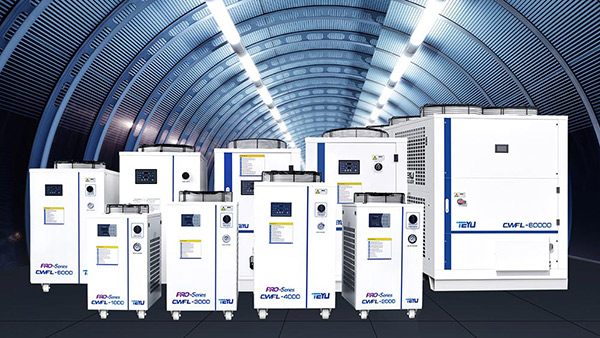1. Evaporation: In the evaporator, low-pressure liquid refrigerant absorbs heat from the surrounding environment, causing it to evaporate into a gas. This heat absorption lowers the ambient temperature, creating the desired cooling effect.
2. Compression: The gaseous refrigerant then enters the compressor, where mechanical energy is applied to increase its pressure and temperature. This step transforms the refrigerant into a high-pressure, high-temperature state.
3. Condensation: Next, the high-pressure, high-temperature refrigerant flows into the condenser. Here, it releases heat to the surrounding environment and gradually condenses back into a liquid state. During this phase, the refrigerant temperature decreases while maintaining high pressure.
4. Expansion: Finally, the high-pressure liquid refrigerant passes through an expansion valve or throttle, where its pressure drops suddenly, returning it to a low-pressure state. This prepares the refrigerant to re-enter the evaporator and repeat the cycle.
This continuous cycle ensures efficient heat transfer and maintains the stable cooling performance of industrial chillers, supporting various industrial applications.

Source: https://www.teyuchiller.com/how-does-refrigerant-cycle-in-the-cooling-system-of-industrial-chillers